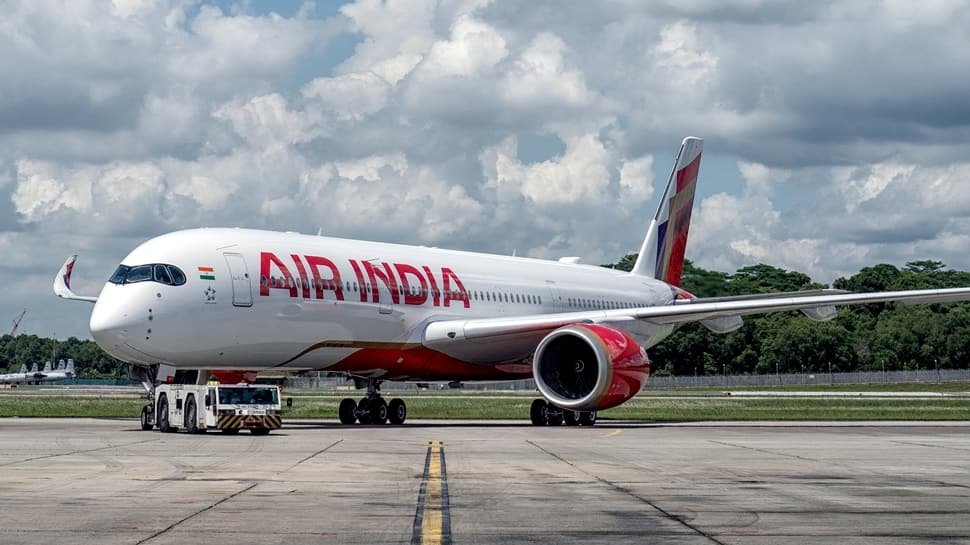Boeing’s 787 Dreamliner is the result of many years of work and a multi-billion-dollar investment by the company, which calls it a “game-changing” aircraft. As the first passengers prepare to fly on it, CNN takes a closer look at the unique features that set the Dreamliner apart from older planes.
Stronger, Lighter Plane Design
The Dreamliner is built using 50% composite materials, mainly carbon fiber-reinforced plastics. These materials are much lighter and stronger than the usual aluminum used in planes. While composites have been used before in aircraft, the 787 is the first to use them so extensively — even for its wings and body. Many of the advanced features in the Dreamliner wouldn’t have been possible with a mostly aluminum design.
More Comfortable Cabin Air
The 787 Dreamliner keeps the air pressure and humidity inside the cabin higher than regular planes. This means passengers will feel like they are only 6,000 feet above sea level, instead of the usual 8,000 feet. As a result, people may feel less tired and are less likely to get dry eyes or headaches. Boeing was able to do this because the new material used to build the plane is stronger and doesn’t rust or weaken like regular aluminum.
Spacious and Comfortable Interior
Boeing’s Chief Pilot, Randy Neville, said that the first thing passengers will likely notice about the new plane is how spacious it feels. “You won’t feel like you’re packed into a tight metal tube,” he explained. The inside of the plane feels more open and roomy. There’s also extra space for overhead luggage, so storing your bags will be easier.
Saves Fuel, Flies Farther
As reported by CNN, the 787 uses 20% less fuel compared to other planes of similar size. This helps airlines cut costs and fly longer routes. Even a small drop in fuel use can lead to big savings, said Paul Sheridan, Head of Risk Advisory at Ascend. Aviation experts also mention that because the Dreamliner can fly farther, airlines can offer more direct, point-to-point flights—giving passengers more travel options with fewer layovers.
Easy for Pilots to Fly
Neville says Boeing has designed the 787 to be easy and natural for pilots to fly. “All the controls are placed in a way that makes sense and is easy to use,” he explained. One helpful feature is the Head-Up Display (HUD). This is a special screen in front of the pilot that shows important flight information—like speed and direction—on a transparent glass panel. This way, pilots can see the data while still looking outside, without having to look down at other instruments.
Bigger Windows, Smarter Shades
The Dreamliner stands out with its much larger windows—they are 19 inches tall and about 30% bigger than those on other planes of similar size. Instead of using the usual plastic window shades, each seat has electronic dimmers. Passengers can adjust how much light comes through the window with the push of a button. Flight attendants can also control all the windows at once—making the cabin darker or brighter as needed. This means no more early morning sunlight waking everyone up just because one passenger opened their window.
Same Design, Easier Leasing
Don’t expect big changes from one Dreamliner to another, says Paul Sheridan. Boeing has kept the design mostly the same across all Dreamliners. This was done on purpose to make the plane more attractive to banks and leasing companies, who pay for many of them. If the planes are similar, it’s much easier to rent them out to different airlines or sell them later if needed.
(Girish Linganna is an award-winning science communicator and a Defence, Aerospace & Geopolitical Analyst. He is the Managing Director of ADD Engineering Components India Pvt. Ltd., a subsidiary of ADD Engineering GmbH, Germany.)
#Boeing #Safety #Technology #Review #Understanding #Aircraft #Air #Indias #Ahmedabad #Crash #Mobility #News



